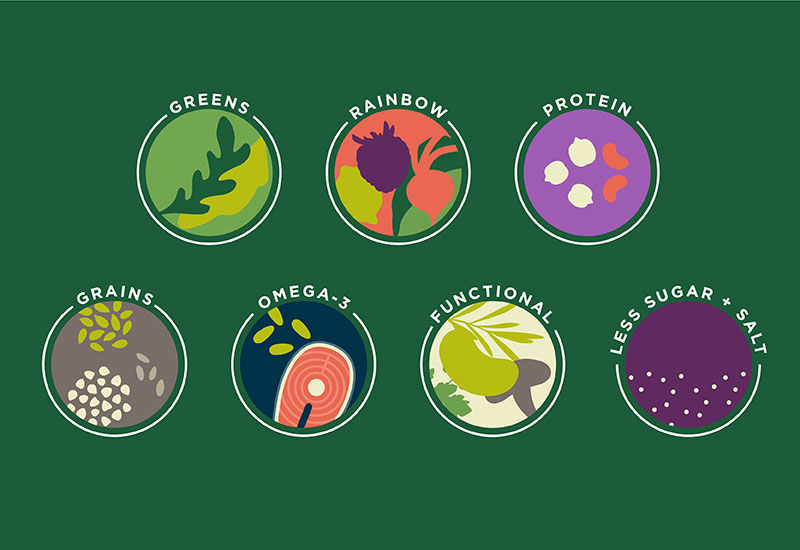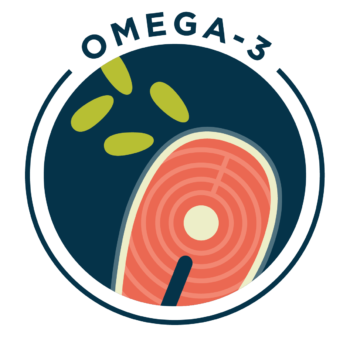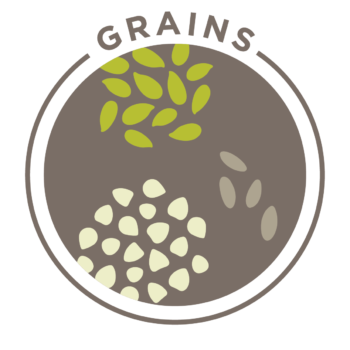The 7 Pillars of Optimal Health

The following article was written by Heinen’s Chief Dietitian, Melanie Jatsek RD, LD.
In my time as a dietitian, I’ve witnessed many food fads and quick fix diets. However, there are a handful of principles that have stood the test of time. Heinen’s refers to these principles as the seven Fx™ Pillars: “F” is for food and “x” is for prescription.
Using a “food-as-medicine” approach, the pillars can be thought of as basic “food prescriptions” for optimal health. And like legs to a table, each pillar works with the others to help balance your overall wellbeing.
Let’s explore each Fx™ Pillar!

Pillar #1: Eat Your Greens, As Many as you Can Every Day
Greens are one of the most impactful foods you can add to your diet for better health. They lower inflammation in the body, aid in detoxification and are rich in fiber, bioavailable vitamins and minerals and natural plant chemicals called phytonutrients.
The darker and leafier the greens the better, so reach for arugula, collard greens, dandelion greens and kale. For more greens recommendations, check out our Fx™ Top 100 Foods List.

Pillar #2: Eat the Rainbow, At Least One Fruit and Two Vegetables Every Day
Veggies and fruits are rich in plant pigments—special compounds responsible for giving plants their color. From cauliflower to blueberries, each color works to support key areas of your health. To enjoy the wide range of benefits, be sure to incorporate a rainbow of produce as you plan your weekly meals.
Rainbow fruits and vegetables include the “Big 3” Berries—blackberries, blueberries and raspberries, as well as the “Sweet 16” Veggies—including onions, asparagus, carrots and cruciferous veggies like broccoli, cauliflower and Brussels sprouts.

Pillar #3: Dose with Omega-3 Fats Every Day
Omega-3 fats are essential fats found in marine algae and certain species of fish. They play an anti-inflammatory role in the body, helping to reduce the risk of chronic disease.
Nuts and seeds like walnuts, chia seeds and hemp seeds, cold water fish like salmon, tuna and trout and grass-fed beef are all rich sources of omega-3 fats.

Pillar #4: Pick your Protein: Choose Plants over Fish over Fowl over Beef
Protein is an important part of your meals. Adding small amounts can help maintain muscle mass, carry oxygen to cells, balance your sugar and keep you feeling full after eating.
Plant-based proteins are the optimal source and include tempeh, lentils and quinoa. Fish high in omega-3 fats are also recommended and include salmon, cod, halibut and trout. When choosing poultry and beef, opt for those raised without antibiotics or added hormones, including pasture-raised organic chicken and turkey and grass-fed beef.

Pillar #5: Choose Whole Grains, Preferably Sprouted
Whole grains offer more dietary fiber, B-vitamins and minerals than their refined counterparts. Sprouted grains are even more beneficial for your health because the process of sprouting allows for better nutrient absorption. They also tend to be gentler on blood sugar and easier to tolerate and digest.
Recommended grains include wild rice, quinoa, and sprouted breads and wraps.

Pillar #6: Remember Functional Foods: Fresh Herbs and Fermented Foods
Functional foods have a potentially positive effect on health beyond basic nutrition. They include herbs and spices like cilantro, parsley, ginger and turmeric, as well as fermented foods like raw sauerkraut and kimchi. Dark chocolate, green tea and mushrooms are also considered functional foods.

Pillar #7: Watch your Sugar and Salt: Minimize Added Sugar and Sodium
When you build your meals and snacks around whole, minimally processed, plant-based foods, this final pillar tends to fall right into place. In other words, minimizing added salt and sugar becomes a breeze when you follow the first six Fx™ Pillars.
Key Takeaway
Little steps yield big results, so focus on making just one small change at a time. Choose one of the Fx™ Pillars and make it your goal to master it! Adopting the right mindset is important too. Instead of eliminating certain foods, it’s more helpful to think of adding nutritious foods to your meals. The healthier foods have a way of crowding out the less healthy ones when you approach eating this way.


